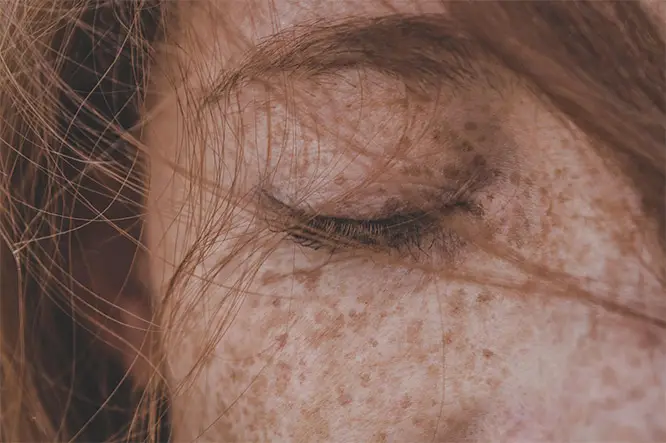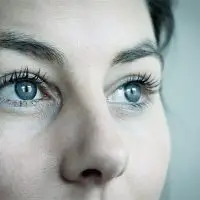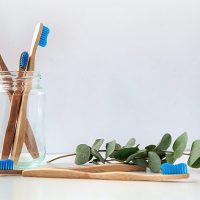Eyelids are thin layers of skin that help to protect and shield our eyes. Without them, our delicate organs would be exposed to various environmental irritants that could cause serious damage to our eyes and vision.
This is why it’s incredibly important to look after our eyelids and practice good eyelid hygiene on a regular basis.
This article will explain what eyelid hygiene is, why it’s important and how to keep your eyelids clean.

What is eyelid hygiene?
The eyelids act as a blocker, shielding your eyes from various contaminants. They also help to block light, which helps you to sleep comfortably. Eyelid hygiene involves keeping the entire eye area clean, ensuring no unnecessary toxins are left on your skin, as this could potentially harm or damage the eyes.
Your eyelids also play a fundamental role in keeping your cornea moist, producing essential oils for your tears. Each time you blink, a lubricant is produced by the lacrimal glands to prevent dryness.
Considering the amount of dirt and pollution we come across in our everyday lives, it’s never been more important to practice good eyelid hygiene.
You must thoroughly clean around your eye, ensuring no debris or dirt is trapped. By doing this regularly, you can help to prevent serious eye conditions from occurring later on.
Why is eyelid health important?
By carrying out regular eyelid hygiene, it will help to remove any build-up of environmental toxins and dirt, as well as oil secretions that are naturally created by the eyelids themselves.
Failure to do so may mean that any bacteria left on your eyelid will spread and grow, leading to a number of eye conditions. These include:
- Blepharitis
- Conjunctivitis
- Styes
- Dry eyes
You should clean your eyelids once or twice a day to reduce build-up. By performing a daily cleansing routine, this will ensure you can maintain proper eyelid health and prevent avoidable damage.
Blepharitis
As the most common condition of poor eyelid hygiene, Blepharitis can cause dry eyes, styes and can even lead to conjunctivitis, which is inflammation of the conjunctiva. Those suffering from blepharitis will experience irritation and inflamed eyelids, causing extreme discomfort.
It often starts along the edge of the eyelids, clogging the glands of which your eyelashes grow from. The condition can impact the amount of lubrication that your eyes produce, and can be incredibly problematic for those who wear contact lenses.
The symptoms of blepharitis are incredibly apparent. You’ll likely have to watch out for red, swollen and itchy eyes, gloopy eyes and greasy eyelids. Plus, the skin surrounding your eyes may start to flake, and you’ll experience stronger sensitivity to light.
Fortunately, many cases can be treated in the comfort of your own home. These treatments involve warm water, which can help to reduce any noticeable build-up. Try to reduce any inflammation and irritation with warm compresses on each eye. You can also try rinsing your eyelids and washing your eyes with water.
Dry eye syndrome
When you don’t produce enough tears, which are a mixture of water, fatty oils, and mucus that maintain clean and clear eyes and help fight infection, you develop dry eye syndrome. If you don’t have enough tears this could lead to red, watery eyes, blurred vision, and sensitivity to light.
How to clean eyelids
There is a selection of products on the market to help with eyelid hygiene. For example, lid wipes are great for cleansing and wiping away any excess dirt, as well as relieving the symptoms of blepharitis.
These wipes often include natural remedies such as tea tree, chamomile and aloe vera, which all have soothing properties. Hyaluronic acid is also commonly featured, as this offers long-lasting hydration and is a common product amongst skincare routines.
You can also simply soak two cotton pads in warm water, then squeeze them gently onto each closed eyelid. Massage the skin downwards and upwards and remove both pads after a few minutes.
Don’t forget to use a separate pad to clean along your lash line and your upper and lower outer eyelid edges, loosening any excess debris by using gentle, circular movements.
Remember to always wash your hands before and after cleaning your eyelids.



